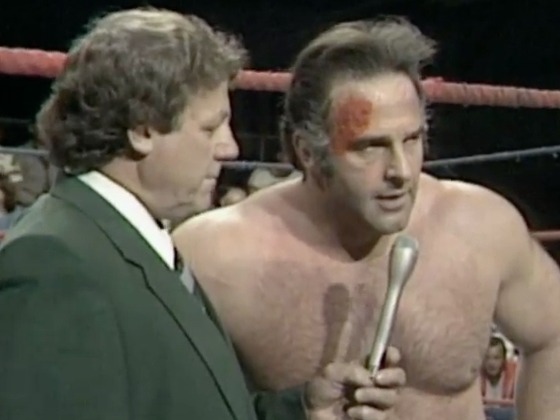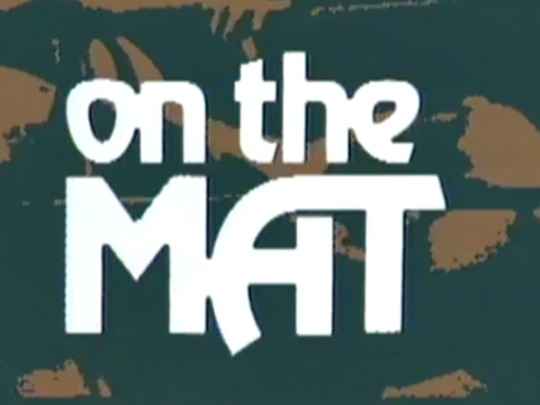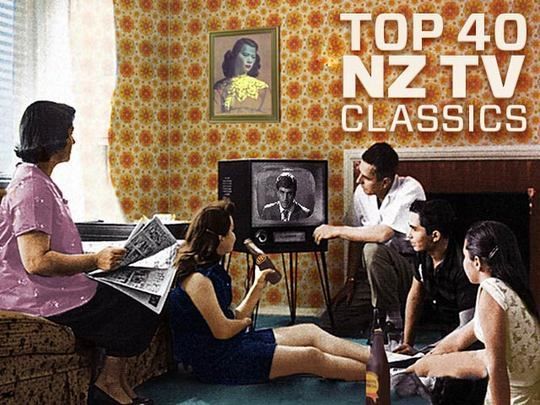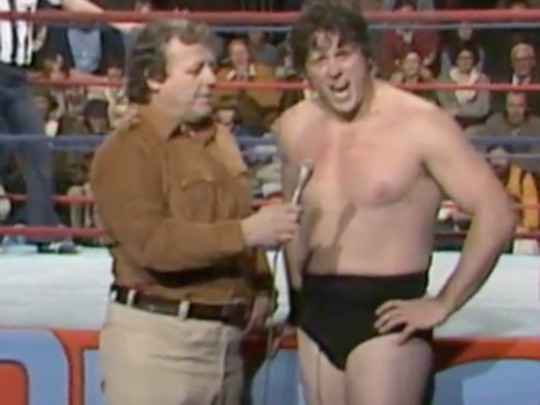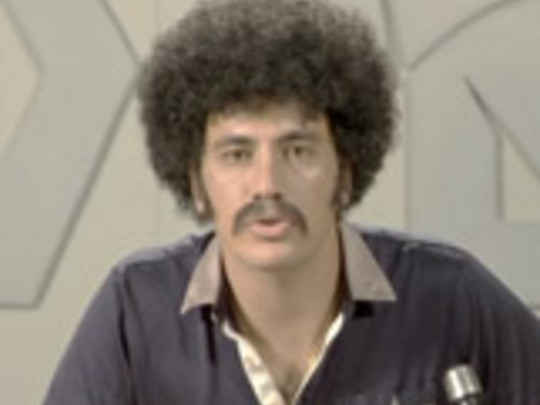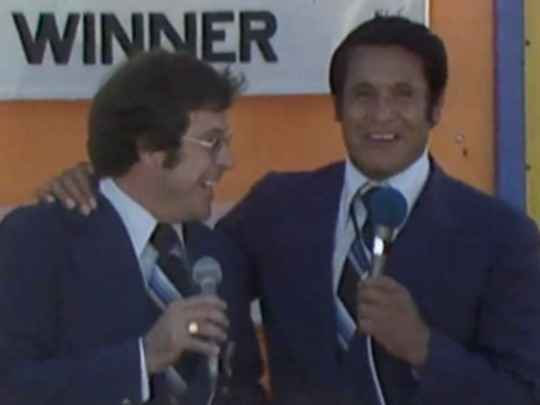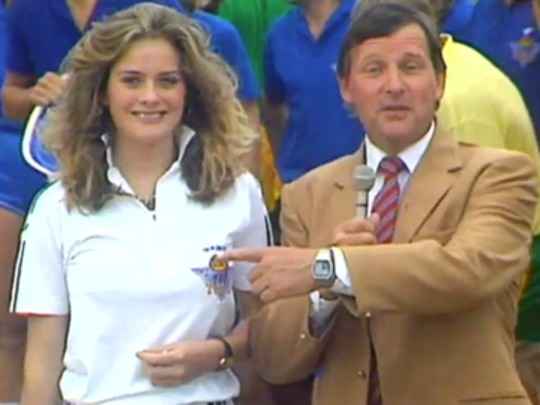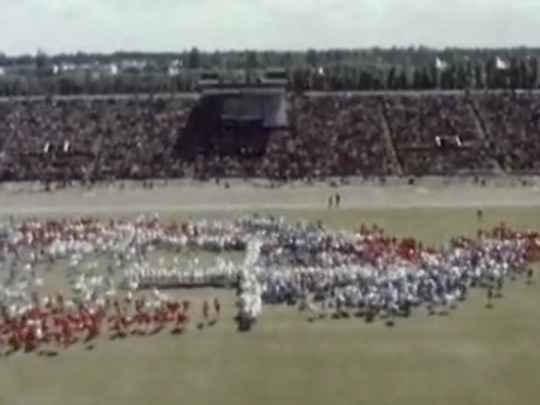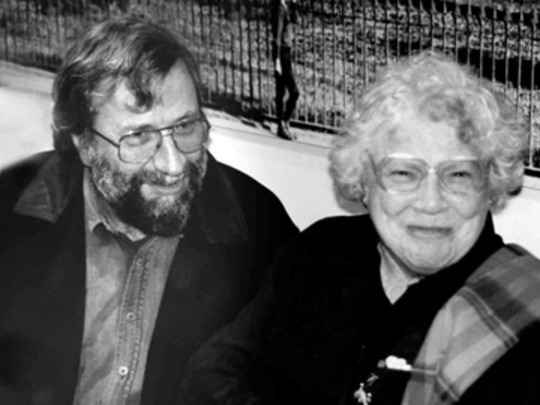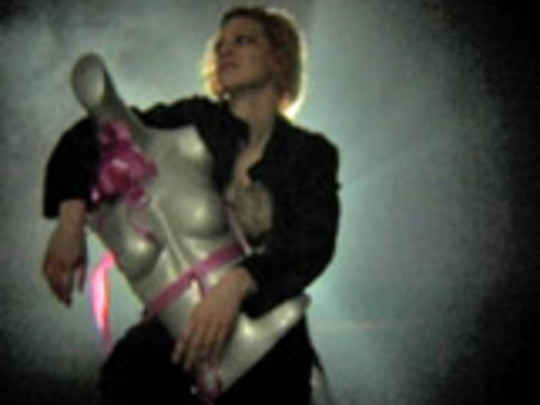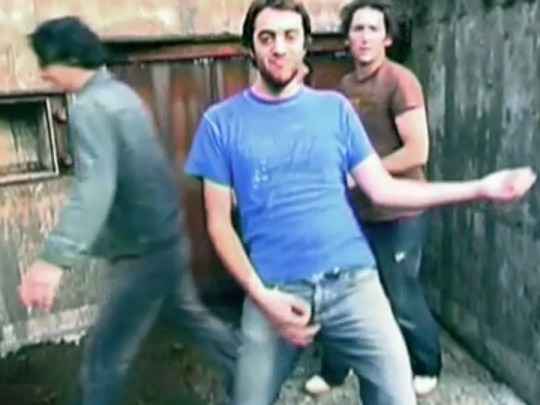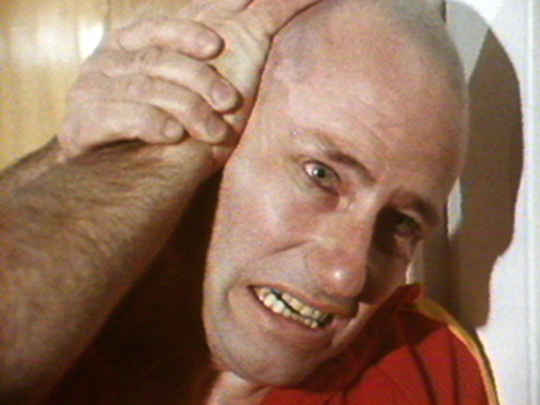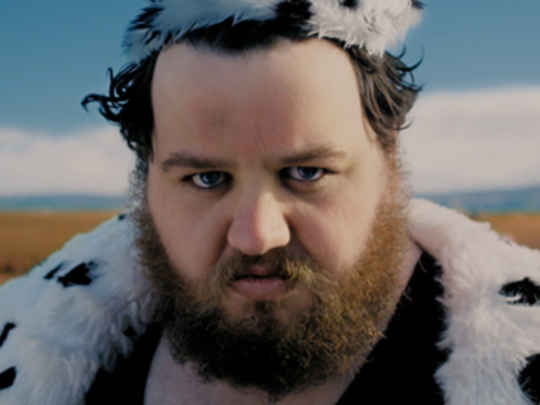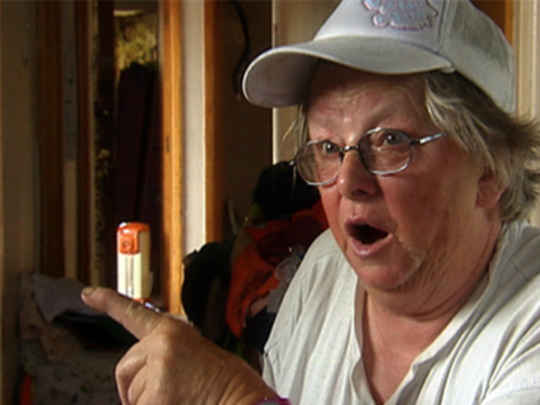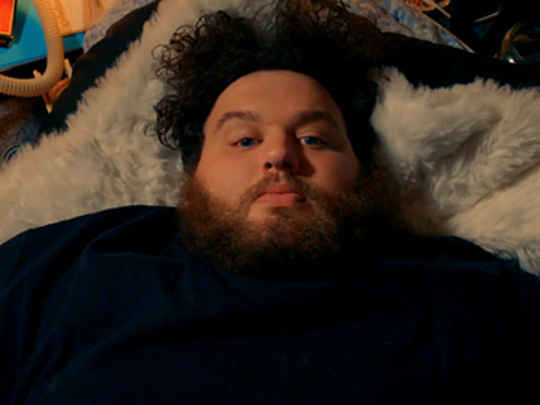On the Mat - 17 March 1981
Television (Full Length Episode) – 1981
A backgrounder
Professional wrestling first appeared on New Zealand television as Big Time Wrestling in 1973. The show was filmed in Australia by American promoter James E. Barnett. Wrestler turned wrestling promoter Steve Rickard often co-promoted with Barnett, and as a result many Kiwi wrestlers were seen on the show. However it lasted less than a year on NZ screens, ending shortly after Barnett sold his Australian operation.
Having witnessed the success other promoters were having with televised professional wrestling, Steve Rickard decided to record a pilot film of matches from one of his shows at the Wellington Winter Show Buildings. This included a midget match and another featuring American wrestler Harley Race. The film cost him $500 to make in 1973; the idea was to use this as a pitch to TV1 for a New Zealand-based professional wrestling TV show. Unfortunately TV1 showed little interest, and Rickard would have to wait until TV2 came into existence to find someone willing to back his vision. Kevan Moore, then controller of programmes at TV2 (South Pacific Television), agreed to meet with Rickard and soon after On The Mat was born.
The name came from the show's first producer (Michael Scott). Initially Rickard didn't like it at all, but he later conceded that the name became very successful and synonymous with pro-wrestling in NZ.
The first 14 episodes were taped in Auckland and briefly in Hamilton, after which it found a home at the Canterbury Court Stadium in Christchurch; although the final season in 1983 was shot at the Auckland YMCA.
On the Mat ran for a TV half-hour and had two commentators. Rickard described the technical aspects of what was happening in the ring, and Ernie Leonard added colour. In 1981 Leonard moved to produce the show, and Barry Holland came on as the second commentator and presenter. Shows generally included two or three wrestling matches, an interview and/or an excerpt from an overseas match (usually from the United States).
The show supported, and publicised, Rickard's live professional wrestling shows throughout New Zealand, and was the catalyst for the boom in popularity of the sport throughout the 1970s and early 80s. This was a business model Rickard had seen work well overseas.
One of the larger than life characters that made On The Mat so popular was King Curtis, a large Hawaiian grappler who was one of the best interviews in the business. He was joined by the likes of Mark Lewin and a young Rick Martel who reappeared on local television screens years later as part of the WWF show Superstars of Wrestling.
Others who got their breaks on On The Mat inclued Sweet William and Brute Miller, two Kiwis who also went on to great success years later as comedy tag team The Bushwackers. Along with the assorted cast of American imports Rickard fleshed out the shows with New Zealand and Australian wrestlers like Samoan Joe, Merv Fortune, Ron Miller and Larry O'Day. He even enlisted the help of his sons, Ricky and Tony, who both had their share of in-ring battles.
On the Mat ran from 1975 until 1983. According to Rickard, it ended because the weakening NZ dollar made it too expensive to bring out wrestlers from overseas. He argued that the key to the success of On the Mat and his wrestling shows was the availability of a lot of international talent, and that he put money into bringing them to New Zealand.
Sources include
John Mancer. Steve Rickard's Life on the Mat (Auckland: Rugby Press, 1979)
Interview with Steve Rickard for A Kiwi Century On the Mat (Documentary) Director Adam Simpson (in production)
